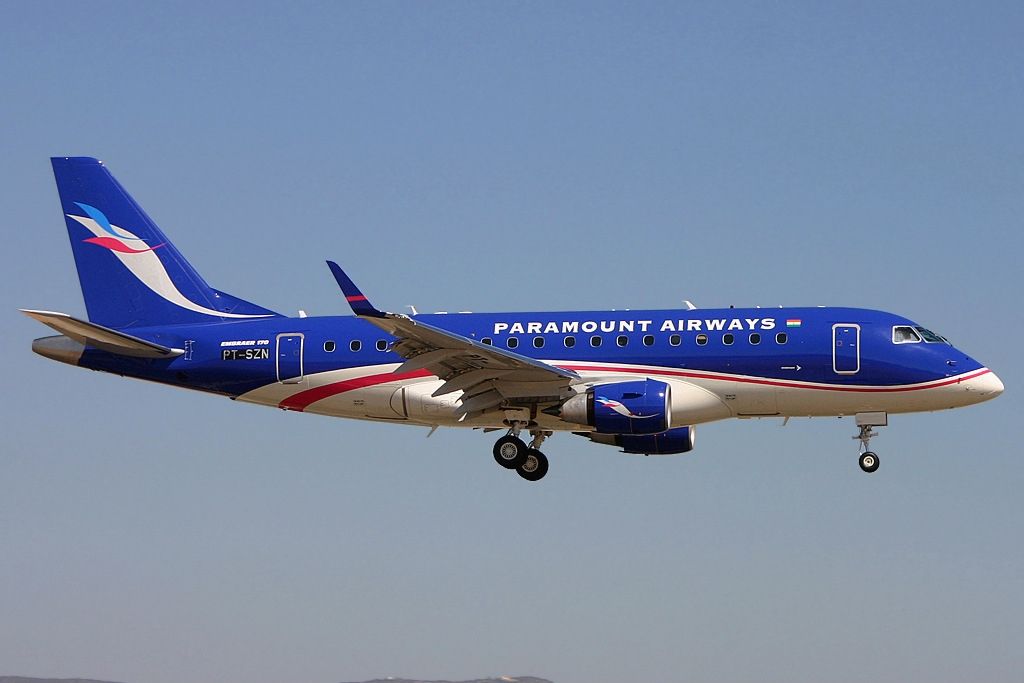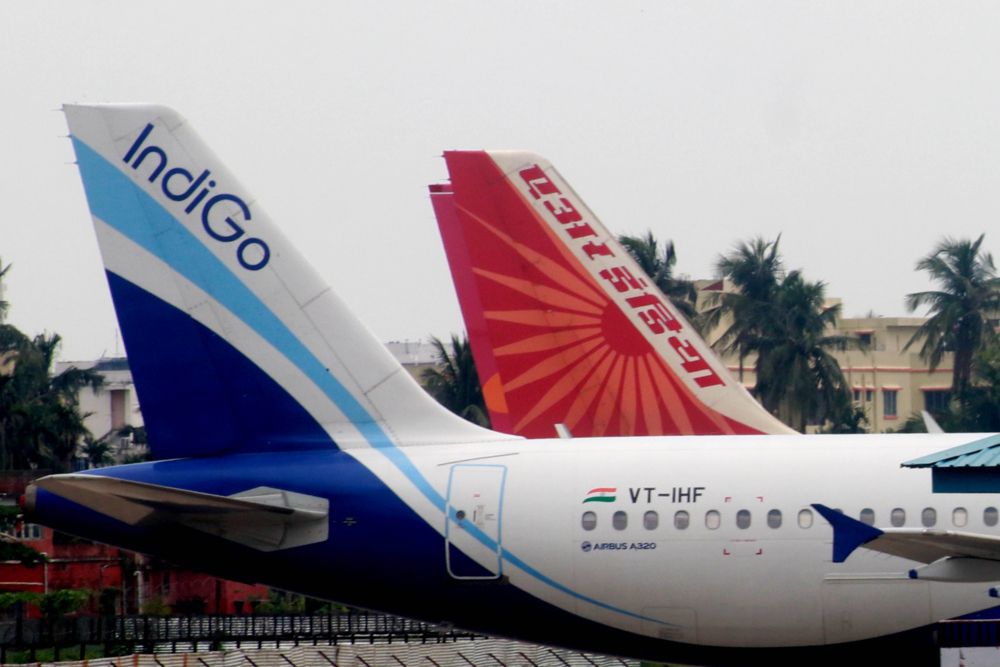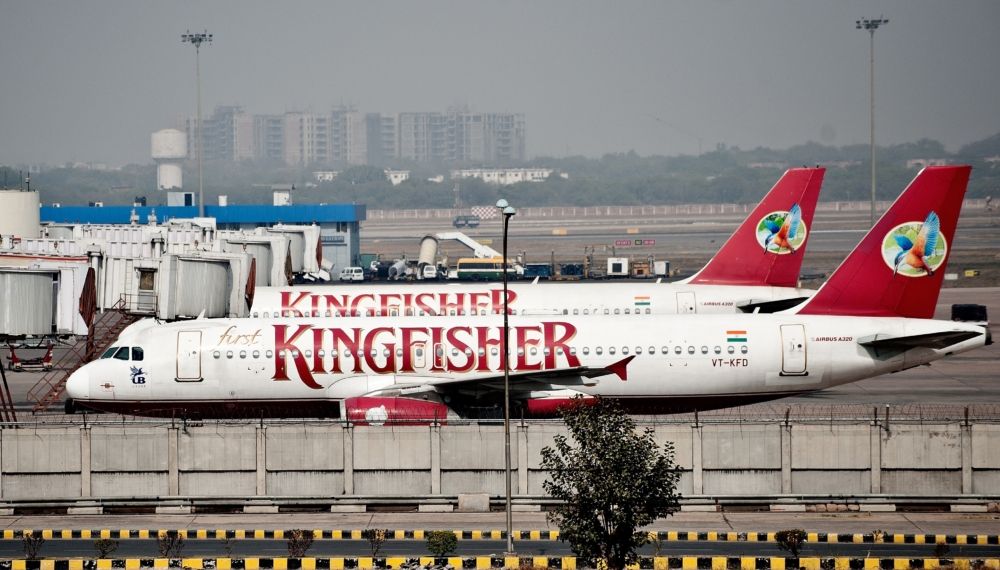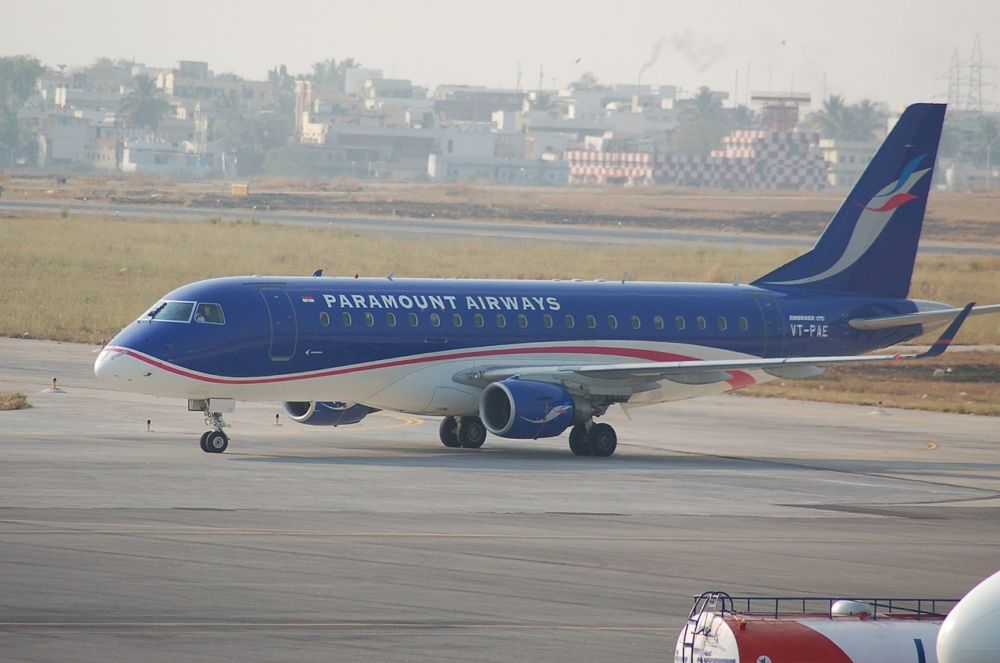India has had its fair share of regional outfits over the decades. One of these carriers was Paramount Airways, which was founded in October 2005. The company focused on South and East India routes and quickly made a name for itself. However, the airline ceased operations just five years after they started.
Thinking out the box
Not to be confused with a British charter airline that went by the same name, the Madurai, Tamil Nadu-based carrier notably flew the Embraer E170, pioneering the Embraer E-Jet family in India. The operator was keen to differentiate itself from its plethora of rivals on the scene in its country. Thus, with its E-Jets and a business model focused on offering competitive business class services, the company was determined to make a name for itself.
Amid the ever-growing communities in the numerous cities dotted across India, the airline sought to provide better direct connectivity to the population. By doing so, India’s congested travel facilities would not see additional overcrowding.
The airline flew to the likes of Chennai, Cochin, Coimbatore, Trivandrum, and Madurai. The airline's leased E170 and E175 aircraft saw passenger load factors rise steadily in the years following Paramount’s launch. The first of these planes arrived in September 2005, while another five joined the fold the following year.
A sharp rise
Paramount founder M. Thiagarajan was proud of his airline’s robust growth. In 2010, he looked back at the rapid rise of the carrier, which significantly grew its presence across the regions it served.
“In 2005, different people got into the airline industry. At that time, the flavour of the season was low-cost carriers. Then Paramount went against the grain and launched a premium airline with an all-business class proposition. The premise was simple yet powerful: Offer cost-effective service excellence. We all know that service excellence can be provided if cost is not a criterion. The challenge here was to deliver it in a cost-effective manner, making the consumer realise true value for money. Thus we brought in a new type of aircraft called Embraer which was unheard of in India,” Thiagarajan told Rediff.
“When everyone was talking about no-frill, we went for a premium approach. Also, at that time everyone went national, but we strategically decided that we will focus on one region and put our entire energy and resources there, and eventually dominate it before we move on. Today, Paramount is the market leader in the South with a 27 per cent share. In the last four years, Paramount has been recognised as one of the top 200 brands in the country. Moreover, we have consistently recorded the highest on-time performance as well as the highest load factor.”
Despite 2010 being the year that Paramount Airways ceased operations, it started the year off with high hopes. The airline entered the new year with one of the highest load factors in India, reporting a figure of 87%. Additionally, it was just one of two operators in the nation that recorded profit in the preceding quarter.
The airline's leadership was keen to expand during this period. As it stated, it was always trying something different, even during the challenging period following the global economic crisis. All in all, the management felt that slowdown was the best time to get the best deals in the market and align deliveries so that they arrive in time for recovery.
Cause for concern
Nonetheless, considerable market shifts occurred in 2010. The likes of Kingfisher and Indian Airlines were on course for a decline, and others in India were also trying to adapt to the challenges. While some managed to navigate the conditions, such as IndiGo, which saw its domestic market share ascend to a high of 16.9% in July that year, Paramount's share dropped to just 0.3% from 1.5%.
Paramount’s downfall is symbolized by the debts that saw it lose its fleet. Mint reported that leasing powerhouse GECAS asked India’s aviation regulator, the DGCA, to de-register three Embraer jets leased to the carrier due to defaults on payments. The three E175s were VT-PAD, VT-PAE, and VT-PAF.
Additionally in March 2010, Embraer subsidiary ECC Leasing asked the DGCA to de-register two aircraft that were leased to the airline, referring to non-payment of dues. The two aircraft were registration VT-PAC and VT-PAB, both E170s.
Stay informed: Sign up for our daily and weekly aviation news digests.
Firmly grounded
With its aircraft seized, Paramount had to subsequently terminate its services. There was some optimism toward the end of 2010, as the airline overcame significant legal challenges. With the slight change of pace, it had its eyes on resuming operations with Airbus A320s and Dash 8s.
Despite a series of comeback attempts in the period that followed, a return to air did not materialize. Notably, several of India's largest banks wrote to the DGCA, asking to prevent the carrier from restarting operations until it paid its debts.
Eventually, India's Central Bureau of Investigation registered a case against Paramount Airways regarding allegations of "defrauding, diverting loan amount and cheating public sector banks." In 2016, The Hindu shared that officials raided several residential and office buildings related to Thiagarajan, the airline’s chief.
Overall, Paramount had a short but impactful journey in the aviation market. In this next chapter of Indian aviation, we will undoubtedly see several startups fancy their chances of making a mark in the industry.
What are your thoughts about the short yet eventful life of Paramount Airways? What do you make of the carrier’s run between 2005 and 2010? Let us know what you think of the airline and its operations in the comment section.




